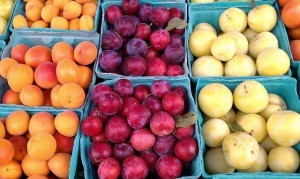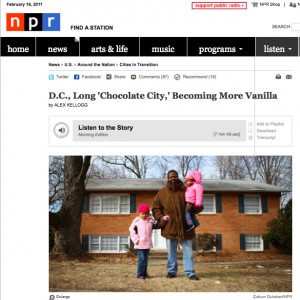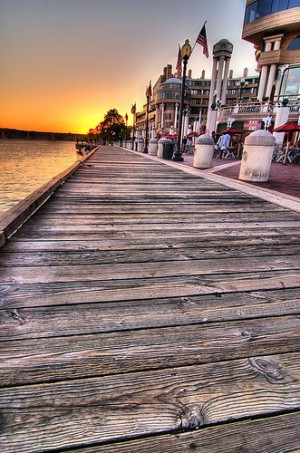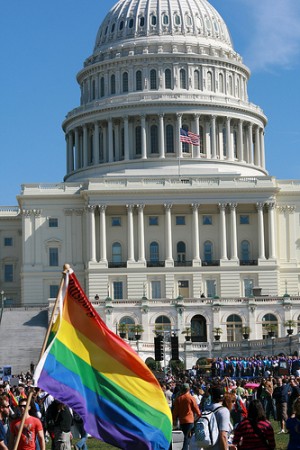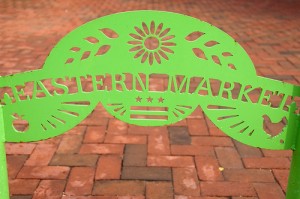Thank you to DCentric reader TP, who sent in this helpful blurb, which was one of the “7 Worst Supermarket Rip-Offs“:
The Environmental Working Group, an organization that studies pesticide contamination, ranks onions and avocados as the most pesticide-free vegetable and fruit, respectively—even when grown conventionally.
In fact, as a general rule, anything you have to peel before you eat (such as bananas or garlic, for example) is relatively low in pesticides. If you want to eat organic, splurge on produce with permeable or edible skin, such as peaches, lettuce, and apples.
So add avocados, onions, bananas and garlic to your list of foods that don’t have to be organic. Since January, DCentric has been thinking about how everyone deserves education about and access to healthy food, regardless of income-level. We’re not the only ones:
…the food justice movement, a burgeoning group of dedicated farmers activists working to ensure that low-income families are included in efforts to promote food sustainability…By promoting CSAs and connecting local farmers to low-income communities, the food justice movement increases access to healthy food while providing community education about healthy eating and hands-on urban gardening programs, fostering a true community approach that allows folks to share family recipes and stretch every dollar.
Readers: thank you so much for your tips and story ideas. We love getting your emails, comments and tweets!




